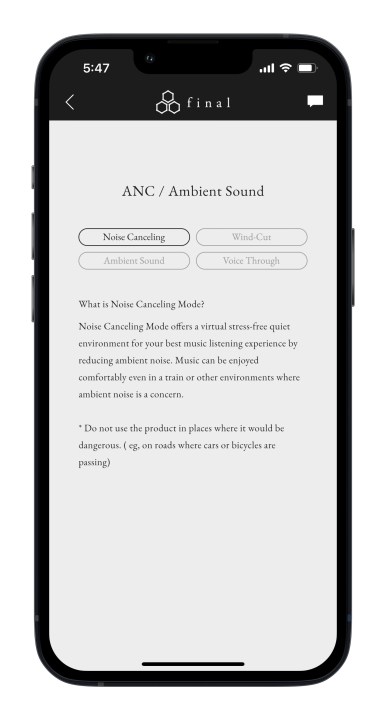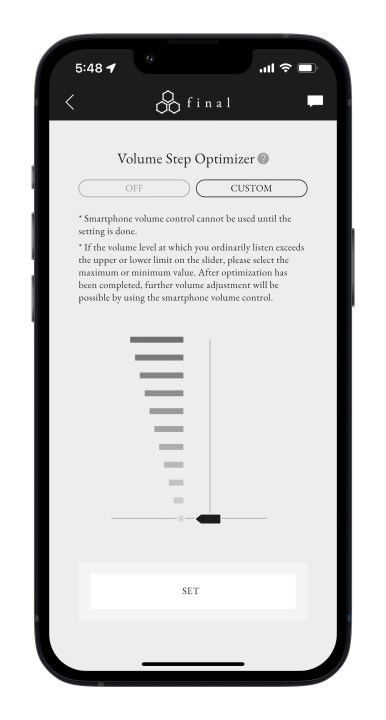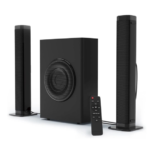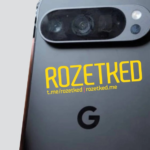
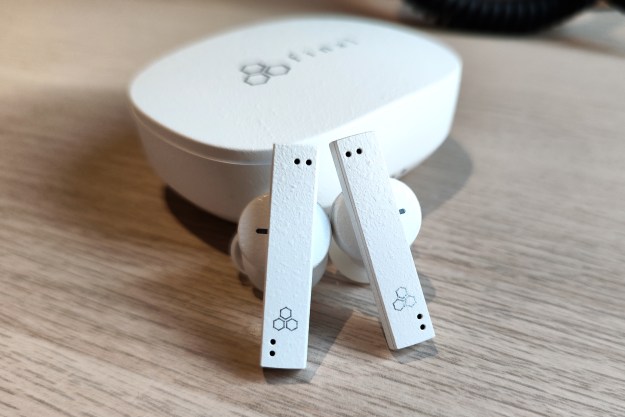
Final Audio ZE8000
MSRP $349.00
“Unlike any other earbuds, the Final Audio ZE8000 sound as distinctive as they look.”
Pros
- Eye-catching, distinctive design
- Very comfortable
- Warm, audiophile-grade sound
- Decent noise-canceling
Cons
- Fewer features than similar products
- Underwhelming battery life
Boutique Japanese audio maker Final Audio has a small, but very loyal fan base thanks to the company’s work in the wired in-ear monitor (IEM) space, where it sells beautifully designed, high-performance earbuds that cost as much as $2,100. But it has also been taking steps to offer its customers the convenience of wireless earbuds at prices that are considerably more accessible.
When compared to those sky-high IEMs, its newest product — the Final Audio ZE8000 — are far less expensive. But at $349, don’t call them affordable. Price-wise, they’re near the top of the true wireless world.
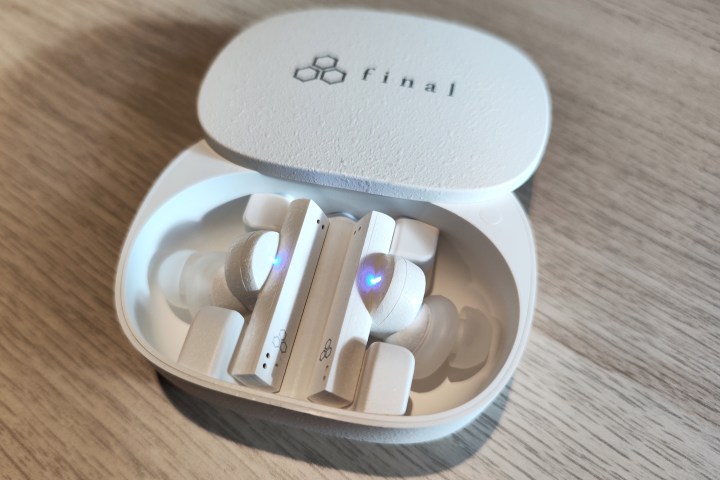
A truly unique design
If nothing else, your investment will be rewarded with a truly unique-looking set of buds, whether you get them in white or black. Their bar-and-circle shape has a distinctly sculptural quality to it. Get closer and you notice that the plastic has a textured finish that shutterbugs might find familiar. It’s the same texture you’ll find on some Nikon and Canon camera bodies. Final Audio calls it a “Shibo” finish. Shibo, in Japanese, means “a wrinkle on the surface of paper or leather,” and it’s meant to provide a better grip without adding roughness or rubberiness.

Unusual eartips
Also unusual is the eartip. Most wireless earbuds only put silicone or foam on the very end of the horn (the part that travels deeper into your ear). By contrast, the ZE8000 covers the entire portion of the housing that makes contact with your ear in a single silicone sleeve. This creates a surprising amount of grip without sacrificing any comfort. You get five sizes to choose from, which should make it easy for most people to get a good fit. In the box, you’ll also find a USB-C charging cable and small metal rod. This is used to help you replace the dust filters at the very tips of the earbud nozzles. I didn’t try swapping them; it looks like very fiddly work.
Normally, you need a good fit for a set of earbuds to give you the best sound and, if they’re equipped with active noise cancellation (ANC), the best reduction in outside noise. However, on the ZE8000, getting that perfect fit can be challenging. The tricky part is that you need to untrain yourself from jamming them into your ears as deeply as you can. Do that and they may feel fine, but sound quality will suffer enormously.
Instead, the ZE8000 require a degree of restraint. Gently inserting them, with a very slight twist — and stopping as soon as you meet some resistance — is the key. If things sound muffled, or the bass response feels thin, try switching eartips or placing the earbuds slightly shallower than you might normally think to do.
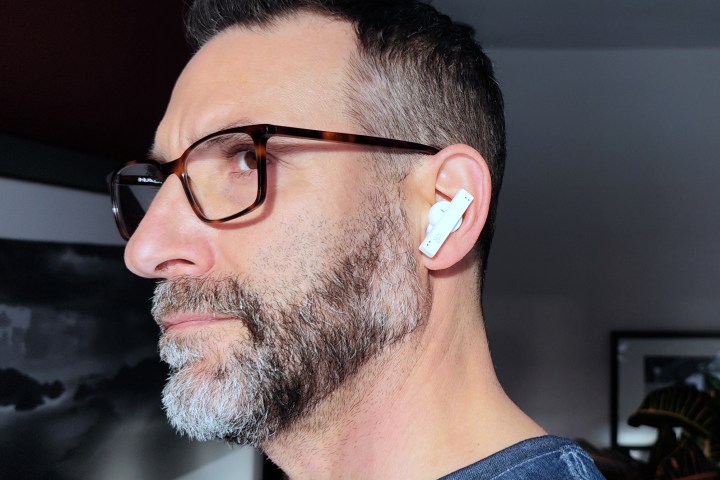
Impressive performance
Once you get them seated in their sweet spot, you’ll be treated to an impressive performance that rivals the best wireless earbuds in terms of soundstage and precision. What really sets the ZE8000 apart, though, is their natural-sounding frequency response and smoothness. Unlike so many other earbuds that tend to emphasize (some might say overemphasize) parts of the sound like bass and treble, the ZE8000 sound more like a full-frequency set of speakers. Their ability to reproduce all aspects of your music needs no extra help. The bass is rich and resonant, giving the sound an easy warmth. The mids are clear and distinct, but it’s the highs you notice most. Instead of sitting on top, demanding your attention, they smoothly extend out from the upper mids.
If you’re coming from a set of earbuds like the Bose QuietComfort Earbuds II, it can be an unnerving experience. My first reaction was, wait, where did the high-end go? But once you give yourself a few minutes to adjust to the acoustics, that’s when it hits you: as fun as it can be to listen to a set of earbuds that magnify certain sounds, it can also be tiring. The ZE8000 are just a more relaxed way to listen.

Final Audio uses a 13mm-equivalent aluminum-magnesium dome dynamic driver and a class AB amplifier inside each earbud — exotic, audiophile ingredients that likely play a significant role in the ZE8000’s sound. AB amps are known for their ultralow distortion, and the proof is right here. Roll the volume on the ZE8000 as high as you like. Things just get louder (and arguably better), without a hint of harshness or distortion. Try that with the $399 Bowers & Wilkins Pi7 S2 and you’ll be wincing by the time you get to 80%. On the other hand, the AB amp seems to dislike low volume levels as much as it loves the highs: in a perfect world, you’d listen at no less than 60% volume.
If you’re an Android user with aptX Adaptive on your phone, you’re in for a treat. Bluetooth codecs don’t make much of a difference when using inexpensive earbuds, but with the ZE8000, the difference is noticeable. I heard greater dynamic range and more detail when using aptX Adaptive over the iPhone’s AAC.
App weirdness
Inside the app, you’ll find two ways to adjust the sound. Or at least, two ways that might let you adjust the sound.
There’s a feature that Final Audio calls 8K Sound, which purportedly upscales the audio resolution. In theory, it could offer the same thing as Sony’s DSEE, which helps reconstruct some of the missing info from highly compressed audio files. In reality, I couldn’t tell the difference between 8K Sound when it was on or off, regardless of what I was listening to.
A five-band equalizer can also be used for custom tuning, but it’s super weird. Each of the five slider adjustments has its own subset of frequencies. The lowest slider, for instance, lets you access 35, 60, 110, and 220Hz frequencies — yet only one of these can be altered. When you find a tweak you like, you can save it, however, any further changes you make will overwrite it. The strange thing is that I simply couldn’t hear the difference that any EQ adjustments might have made. It’s as if the EQ settings just weren’t being applied.
ANC, calling, and more
ANC on the ZE8000 is good — it helps to block much of the external sounds that can interfere with your music or podcasts, and it even generates some much-needed quiet when you’re in noisy locations.
A separate wind-noise reduction mode is helpful when there’s a breeze, however, it only works for ANC — calls are another story.
Transparency mode is about average for wireless earbuds. It definitely lets in enough of the outside world for the purposes of staying aware of possible hazards like traffic, but your own voice will remain fairly muffled.
Calling on the ZE8000 is something that should be done indoors, where your callers will clearly hear your voice. Outside, all bets are off. Even the slightest breeze will be picked up by the mics, and your voice will be in near-constant battle with other sounds. Most of the time, those sounds will win.
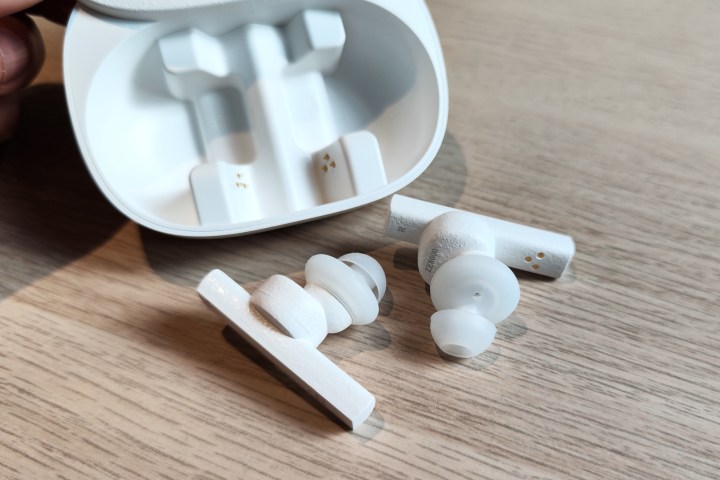
The touch controls on the ZE8000 work well, and despite the fact that only the portion of the bar that intersects with the body of the earbud is touch-sensitive, I had no problems getting taps to register accurately. You can’t change the gestures, but for the most part, they’re easy to remember and you get access to every feature, including volume control.
The only command that requires some real patience is voice command access: it takes five taps to trigger it.
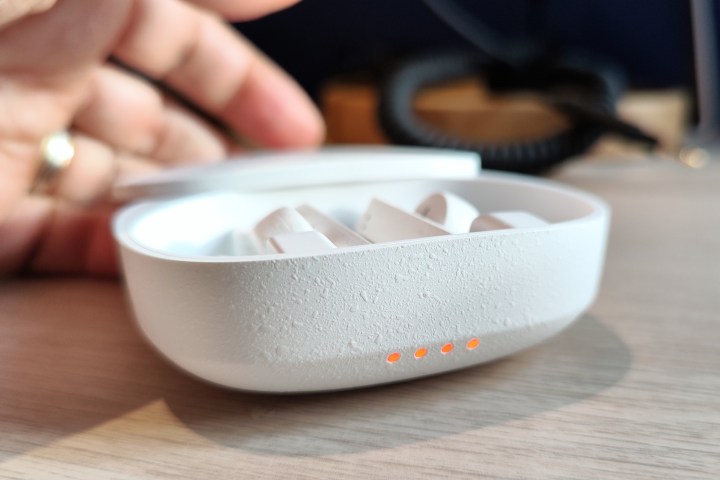
Unique, but lacking
The earbuds come in a large charging case with a slider lid. It’s well-built and the large opening provided by that slider mechanism makes it very easy to get the ZE8000 in and out. Unfortunately, it’s far too big to fit comfortably in a pocket — it will have to live in a purse, backpack, or other carrier. It also lacks wireless charging, which is surprising at this price, though not unique: the $299 Bose QuietComfort Earbuds II and $299 Master & Dynamic MW08 won’t charge wirelessly either.
The earbuds also lack some refinements I’ve become used to, like wear sensors and Bluetooth Multipoint support. They’ve got some water resistance, though at just IPX4, you may not want to test it beyond a sweaty run or gym workout.
Battery life is another weakness. Final Audio claims five hours per charge for the buds, which is OK, but not great. It’s the case that really disappoints. Its large size wasn’t used to house a big battery: you can only recharge the ZE8000 twice, for a total of 15 hours of use before needing to plug it in. Keep in mind, 15 hours is an approximate number. If you listen at volumes louder than 50%, as I expect you will want to do, you may get as few as 13 hours total.
At $349, the Final Audio ZE8000 aren’t super-compelling as high-tech wireless buds. They lack a lot of bells and whistles that can be found on other premium earbuds that cost less. But if you’re an audiophile in search of top-notch wireless sound, the ZE8000 deserve serious consideration. They’re stylish and comfortable, and their ANC is robust enough to help reduce most annoying noises. Most importantly, they sound like no other earbuds on the market.
Editors’ Recommendations

